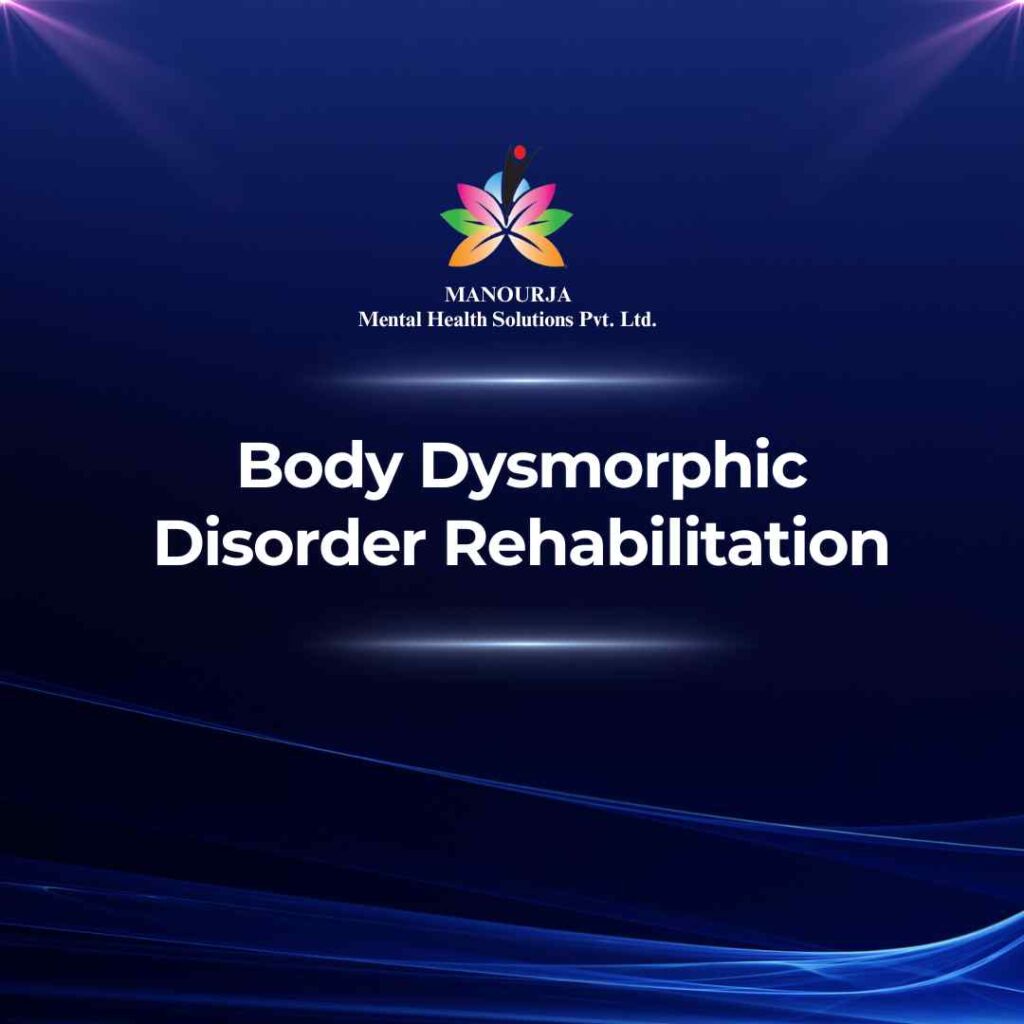Body Dysmorphic Disorder Rehabilitation

Body Dysmorphic Disorder (BDD) is a mental health condition characterized by an obsessive focus on perceived flaws in one’s appearance, often invisible or minor to others. Understanding the signs, implications, and treatment options is crucial for those affected and their families.
Signs and Symptoms of Body Dysmorphic Disorder
- Obsessive Thoughts: Persistent preoccupation with one or more perceived defects or flaws in physical appearance.
- Compulsive Behaviors: Engaging in repetitive behaviors (e.g., mirror checking, excessive grooming, skin picking) or mental acts (e.g., comparing appearance with that of others) in response to appearance concerns.
- Social Withdrawal: Avoidance of social situations due to feelings of self-consciousness or fear of being judged by others.
- Emotional Distress: Experiencing significant distress or impairment in social, occupational, or other areas of functioning due to preoccupation with appearance.
- Seeking Surgery: Multiple cosmetic procedures with little satisfaction.
Indicators for Outpatient Psychosocial Rehabilitation (OPD)
- Mild to Moderate Symptoms: Individuals who are distressed by their symptoms but can still function in their daily lives might benefit from outpatient therapy.
- Strong Support Network: Availability of family or community support that can encourage consistency and adherence to outpatient treatment sessions.
- Commitment to Treatment: Ability to attend regular therapy sessions and actively engage in treatment interventions.
Indicators for Inpatient Psychosocial Rehabilitation (IPD)
- Severe Symptoms: Including profound distress impacting daily life, inability to work or maintain social relationships, or having suicidal thoughts.
- Safety Concerns: High-risk behaviors, such as self-harm or suicidal ideation, necessitate a more controlled and monitored environment.
- Failure of Outpatient Treatment: Previous outpatient treatments have not been effective, requiring a more intensive therapeutic approach.
Factors Influencing the Decision
- Severity of the Disorder: The extent to which BDD disrupts daily functioning.
- Risk to Self: The presence of suicidal thoughts or self-harm behaviors.
- Support System Quality: The strength and availability of a supportive network to assist in managing the disorder.
Effective Psychosocial Rehabilitation for BDD
Psychosocial rehabilitation for BDD involves various therapeutic interventions aimed at reducing the obsessive focus on appearance, alleviating associated anxiety, and improving social and occupational functioning.
Techniques and Approaches Used at MANOURJA
- Cognitive Behavioral Therapy (CBT): Helps patients identify and challenge the distorted beliefs about their appearance and learn skills to decrease obsessive thoughts and compulsive behaviors.
- Exposure and Response Prevention (ERP): Involves controlled exposure to anxiety-provoking situations related to one’s appearance and practicing refraining from the compulsive behaviors.
- Acceptance and Commitment Therapy (ACT): Encourages patients to accept their thoughts and feelings rather than fighting them, focusing on actions that align with personal values.
- Group Therapy: Offers a platform to connect with others facing similar struggles, which can diminish feelings of isolation and provide peer support.
Steps Followed at MANOURJA for Rehabilitation
- Initial Comprehensive Assessment: Evaluates the severity and impact of BDD symptoms on the individual’s life.
- Personalized Treatment Planning: Tailored treatment plans addressing specific needs, incorporating appropriate therapeutic interventions.
- Implementation of Treatment Protocol: Structured application of therapy techniques in individual or group settings.
- Ongoing Evaluation and Adjustment: Continuous monitoring of progress and adapting treatment plans to ensure optimal outcomes.
- Aftercare Planning: Developing long-term strategies to manage symptoms and prevent relapse, including continuous outpatient support if necessary.
“Each step toward accepting yourself is a step away from the mirror and into your life.”
